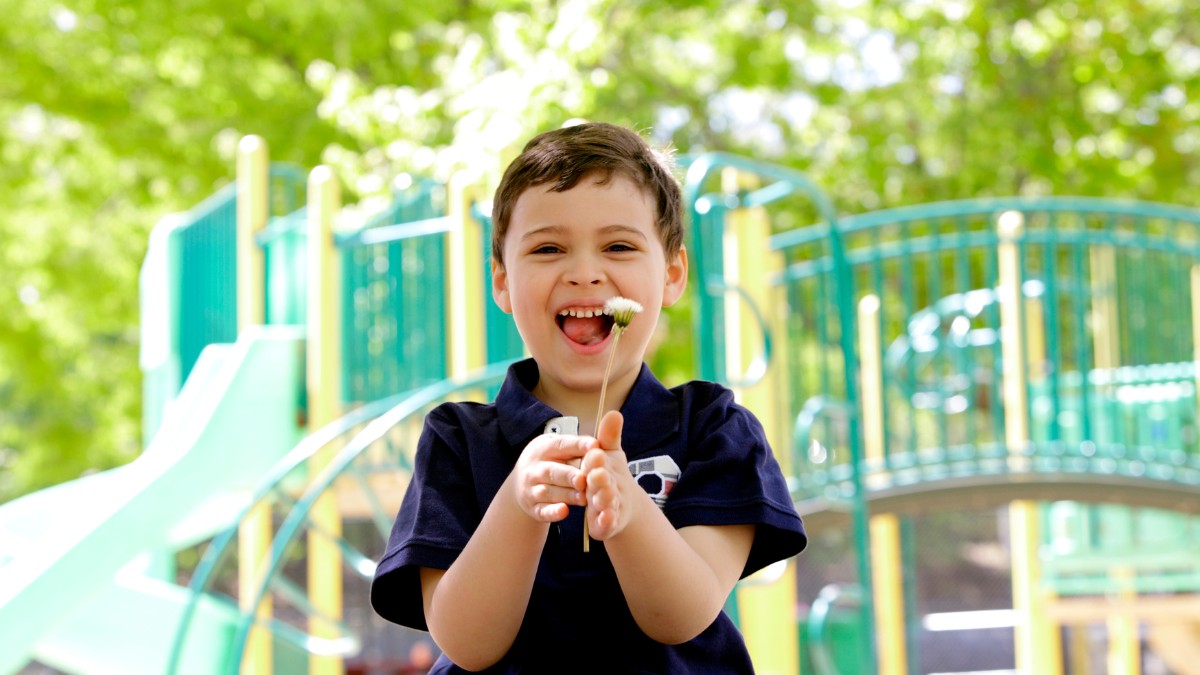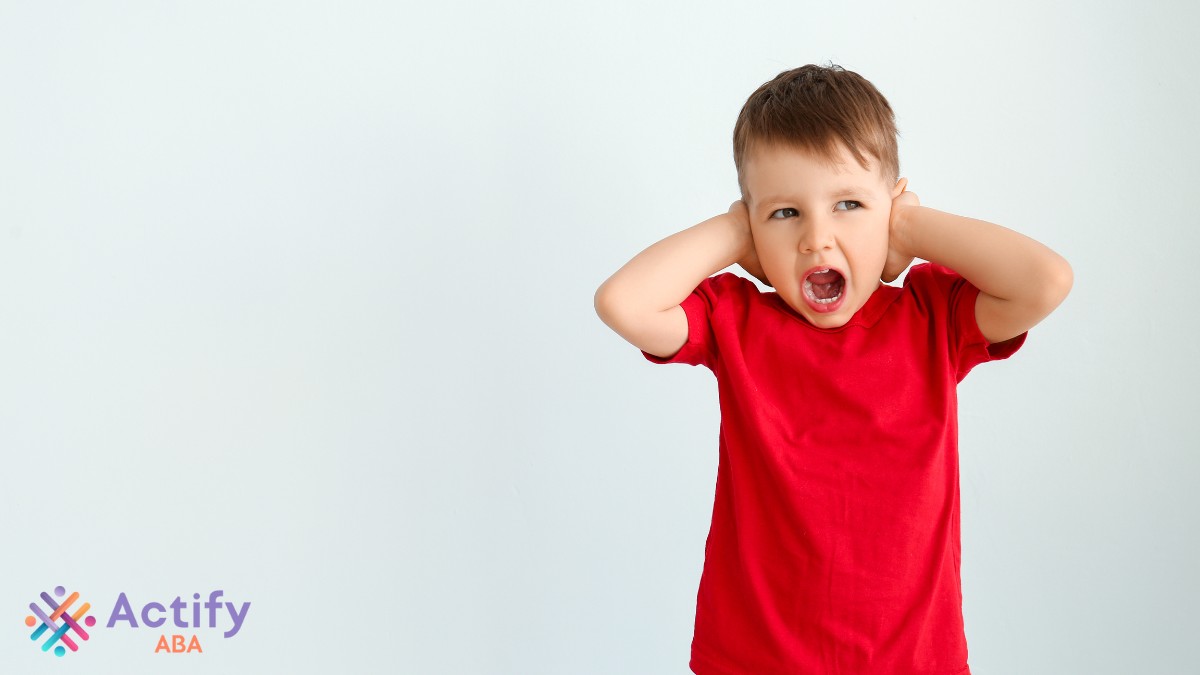
Key Points:
- Physical signs of autism can include motor delays, repetitive body movements, and unusual sensory responses.
- Early physical symptoms may appear in infancy, such as low muscle tone or limited eye contact.
- Understanding these physical traits can support early intervention and targeted support.
Autism Spectrum Disorder (ASD) is often recognized by social and communication differences, but the physical signs of autism can be just as important for early identification. These signs often show up in movement patterns, posture, or reactions to sensory input. For many families, noticing these physical symptoms becomes the first clue that their child may benefit from further developmental evaluation.
While every child is unique, certain motor and sensory traits tend to appear more frequently among autistic children. In fact, studies indicate that up to 87% of autistic children are at risk for motor impairment. These differences aren’t always obvious in the early years, which is why it’s important for caregivers to understand what to look for.
In this article, we’ll cover the most common physical signs of autism and what they might mean for your child’s growth and support needs.
What are the Physical Signs of Autism?
The physical signs of autism can include differences in motor coordination, posture, repetitive movements, and sensory responses. These traits vary by age and may appear as early as infancy. Recognizing them early can lead to timely evaluation and intervention.
Some children on the autism spectrum show subtle physical signs, while others may exhibit more noticeable characteristics. These indicators are often seen alongside behavioral and social symptoms, but can also exist independently. Early identification of these physical cues can improve access to supports like occupational therapy or ABA therapy.
How Do Motor Skills Differ in Children with Autism?
Motor development challenges are frequently observed in autistic children. These can affect both gross motor skills—such as walking or jumping—and fine motor skills, like holding a pencil or using utensils. These delays aren’t universal, but they are common enough to warrant attention.
Caregivers might notice that their child avoids physical play, has trouble with balance, or takes longer to meet movement milestones. Some autistic children have low muscle tone, also known as hypotonia, which can lead to a “floppy” posture or delayed crawling and walking. Understanding these traits can support early referrals for occupational or physical therapy.
Common motor-related physical signs include:
Low Muscle Tone
Hypotonia causes soft muscles and loose joints, leading to delayed movement development and posture issues.
Unusual Gait
Children may walk on their toes, have a wide stance, or display uneven walking patterns.
Poor Coordination
Challenges in balance and coordination make activities like catching a ball or riding a bike difficult.
Limited Hand Strength
Fine motor skills can be weak, causing trouble gripping small objects or using utensils effectively.
Why Do Physical Symptoms Matter in Early Detection?
Recognizing the physical signs of autism can play a crucial role in early detection and intervention. These signs are often easier to observe than subtle communication or social delays, especially in very young children. Parents are usually the first to notice when something seems off.
When physical traits are brought to a pediatrician’s attention early, they may lead to developmental screenings and referrals to specialists. Catching these differences early can result in earlier access to therapies that support development and independence.
Early intervention programs, including ABA therapy, often address both behavioral and physical challenges, such as motor coordination and self-regulation. The earlier support begins, the more time there is to build helpful strategies and coping tools.
What Repetitive Movements are Typical in Autism?
Repetitive body movements, also called “stimming,” are among the most well-known physical behaviors linked to autism. These movements serve various purposes, such as self-regulation or sensory input. They may appear rhythmic or persistent, especially during periods of excitement or stress.
Stimming can be misunderstood, but it’s a natural part of how many autistic individuals cope with their environment. Recognizing these repetitive behaviors as part of the physical signs of autism helps caregivers respond with understanding rather than discouragement.
Examples of physical stimming behaviors include:
1. Hand Flapping
Hand flapping is a common repetitive movement where the child quickly waves their hands to self-soothe or express excitement.
2. Rocking Back and Forth
Rocking helps regulate sensory input and can calm an autistic child during stressful or overwhelming situations.
3. Finger Flicking or Twisting
Small, repetitive finger movements like flicking or twisting provide sensory stimulation and help with focus.
4. Spinning in Circles
Spinning offers vestibular input and can be both a form of play and self-regulation for autistic children.
5. Tapping or Drumming
Rhythmic tapping or drumming on surfaces serves as a sensory outlet and can relieve anxiety.

What Sensory Issues are Physically Observable?
Sensory sensitivities in autism often result in visible physical reactions. A child might cover their ears in loud environments or avoid certain textures in food or clothing. These reactions stem from differences in sensory processing and can be overwhelming for the child experiencing them.
While sensory issues are often thought of as behavioral, the body’s reaction to sensory input can be very physical. You might see tension, pulling away, or complete shutdown. Knowing what triggers these reactions helps create more comfortable, predictable environments for autistic kids.
Observable sensory-related behaviors include:
1. Covering Ears or Eyes
Children might physically block out loud noises or bright lights by covering their ears or eyes to reduce sensory overload.
2. Avoiding or Craving Certain Textures
They may reject rough clothing or certain foods, or alternatively, seek out specific textures for comfort or stimulation.
3. Sniffing Objects or People
Repeatedly smelling items or people is a sensory-seeking behavior that helps some children process their environment.
4. Touching Surfaces Repetitively
Frequent touching or rubbing of surfaces can provide calming tactile input and satisfy sensory needs.
5. Excessive Mouthing of Objects
Mouthing non-food items is a common way autistic children explore textures and self-soothe through oral sensory input.
Do Autistic Children Show Physical Facial Differences?
While not diagnostic, some subtle facial differences have been observed in some children with autism. These differences are not present in all individuals and are not a reliable way to determine if a child is autistic. However, they may appear in combination with other signs.
These physical traits may include differences in facial expressions or tone. Some autistic children may show less facial expressiveness or delayed smiling. It’s not about how the face looks, but how it’s used to express emotion and respond socially.
Can Autism Affect Posture and Body Awareness?
Yes, many children with autism experience challenges with posture and proprioception (body awareness). This can affect how they sit, stand, or move through space. Some children may slump often or have trouble maintaining an upright position when seated.
Body awareness issues may lead to clumsiness or accidents, particularly in crowded or fast-paced environments like school or playgrounds. These challenges often benefit from therapies aimed at improving sensory integration and physical coordination.
Support Your Child’s Growth With ABA Therapy
Caring for a child on the autism spectrum involves attention to both behavioral and physical development. Recognizing the physical signs of autism—such as motor delays, repetitive movements, or sensory sensitivities—can guide families toward the right support system early on.
At Actify ABA, we offer ABA therapy in Maryland designed to meet the unique needs of each child. Our programs support growth in communication, social skills, and behavior, while also taking into account physical regulation and daily functioning.
Contact us today to learn how ABA therapy can help your child thrive in all aspects of life—behavioral, physical, and emotional. We’re here to support you every step of the way.
